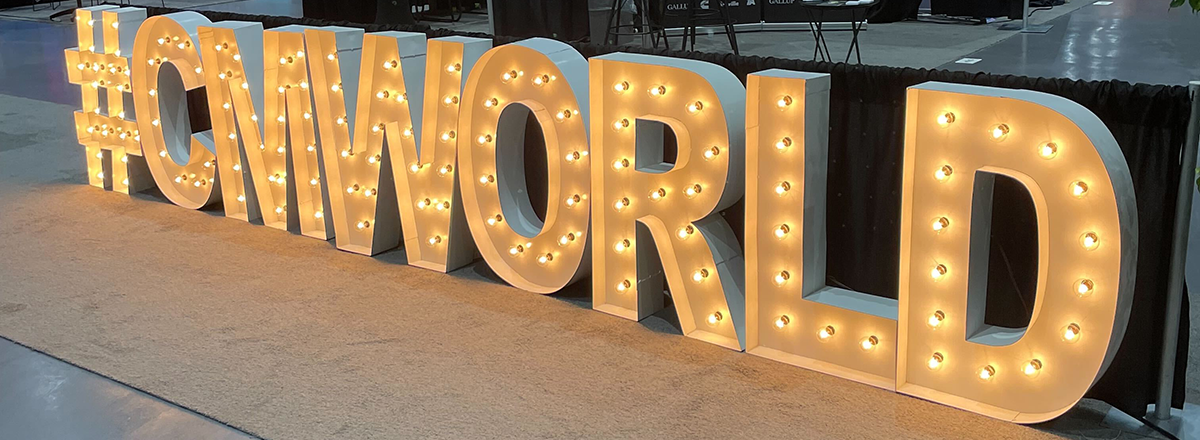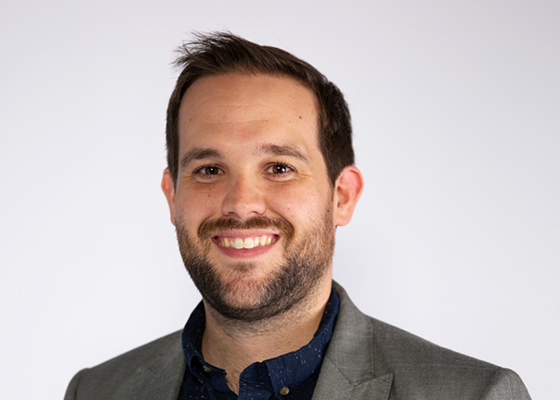
Content Marketing World 2024: The Challenges Facing Marketers
Kyle DavisContent marketers from around the world descended upon San Diego in late October for Content Marketing World. And what makes a conference like this both useful and fascinating is that while the industries and company sizes represented were diverse – and the products being sold and audiences targeted varying drastically – the vast majority were facing the same challenges and looking for the same types of solutions.
By the end of the show, those challenges and solutions were becoming pretty apparent. Here’s what stood out from a packed two days of content discussions.
How to Manage AI
As to be expected, there was no avoiding the topic of AI in a convention center full of content marketers. But while there were plenty of exhibitors showcasing new solutions powered by AI, there are still questions around how to best incorporate the newer technologies.
Storytelling and human connection are still highly prioritized in the content space, as evident by the conversations we had and sessions presented. Because while AI can try to mimic human engagement at a surface level, it still can’t replace human writers.
Optimizely President Shaf Islam made a great point during his session with us. It takes months – or years –for content marketers to embed themselves in the company and its people enough to feel like they can properly capture and articulate the brand’s purpose and message for its website or channels. There’s no way AI can accurately write a “pillar” page of a company’s website and get it right on a single prompt.
But where AI can play in is with the next challenge.
Doing more with less
No one we talked to felt like their team had enough people or were lacking for projects. Time and again we heard stories of continued expectations and pressure from executives to publish more and create more, all while the marketing teams were bootstrapping resources.
Attendees were seeking guidance on how to scale, which partners could help, and what solutions could make them more efficient. Because the inflation of people resources isn’t keeping up with the inflation of work. And with budgets still being tight for many through the new year, that’s likely not going to change. The people we talked to knew their team wasn’t going to double in size anytime soon. So the conversation was all around how they can get closer to reaching those expectations without running ragged.
It’s all about strategy
Sure, there were plenty of sessions and conversations dedicated to craft and technology, but what stood out was how many needs we heard around content strategy. Going back to the section above, with so many requests and tight resources, marketers want to make sure what they’re choosing to spend their time on will work and resonate.
Customers are engaging in so many ways and brands are trying to be something different for each customer base, so it can easily feel like marketers are standing in the middle of a giant maze, with no idea which direction to go first and if it will lead them out.
The way to do it is to spend time understanding your customers’ needs and align internally on what your customers need you to be. Then build roadmaps to capitalize on the areas that will provide the greatest outcome. From there, it’s all about continuous, scientific testing and optimization as you work closer toward a desired state.
If you want to learn more about how to solve some of the challenges we talked about here and saw in San Diego, grab a copy of our new ebook with Optimizely, How to Untangle Messy Website Experiences, which was the basis of our session at Content Marketing World.

Kyle Davis
As the Director of Marketing and Communications, Kyle helps guide the brand messaging, content, and go-to-market approach for Studio Science. He has worked in the industry – from regional marketing consultancies to global agencies – for the past decade working with the agencies to grow their reputations and better engage with their clients and prospects.


